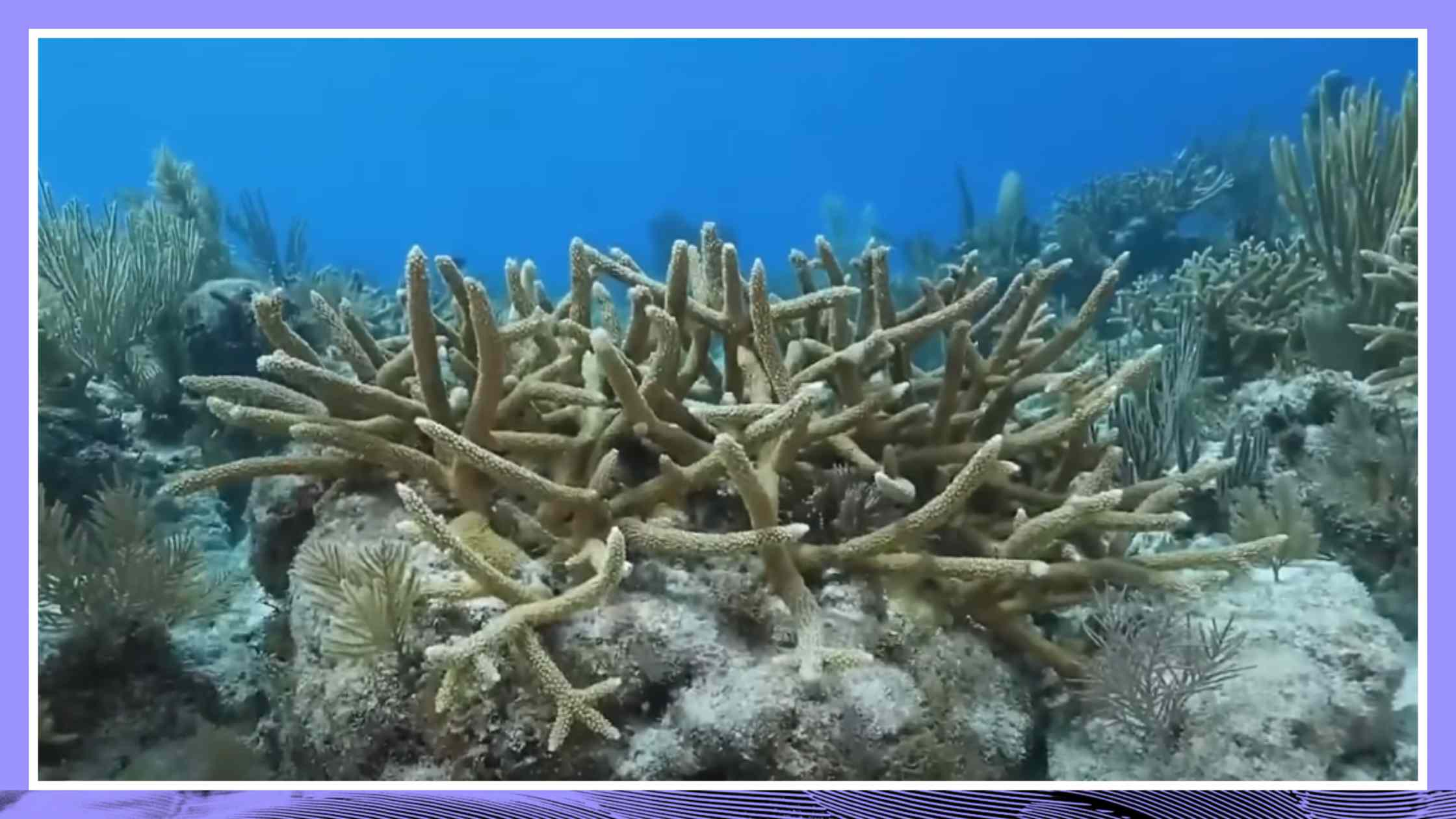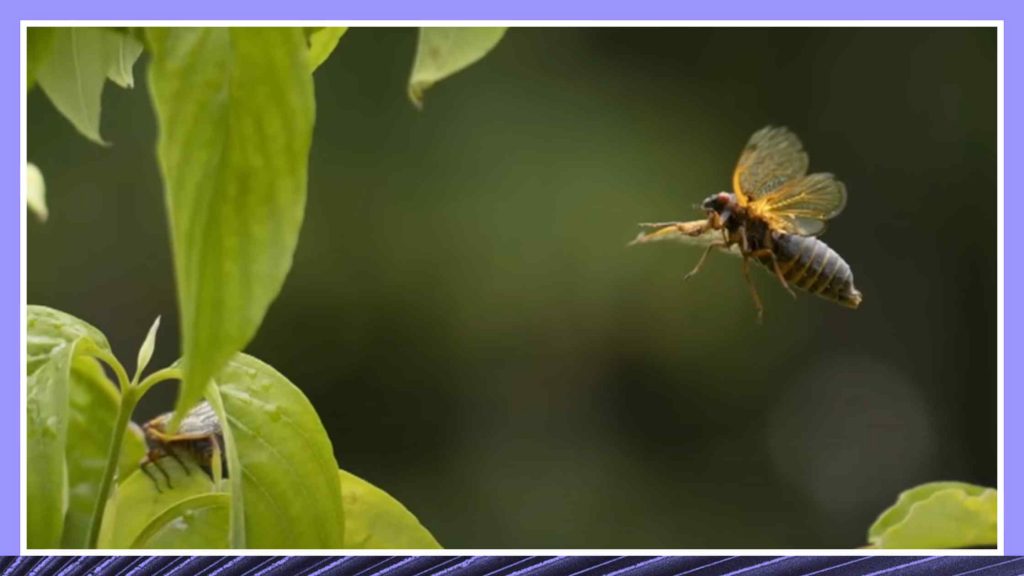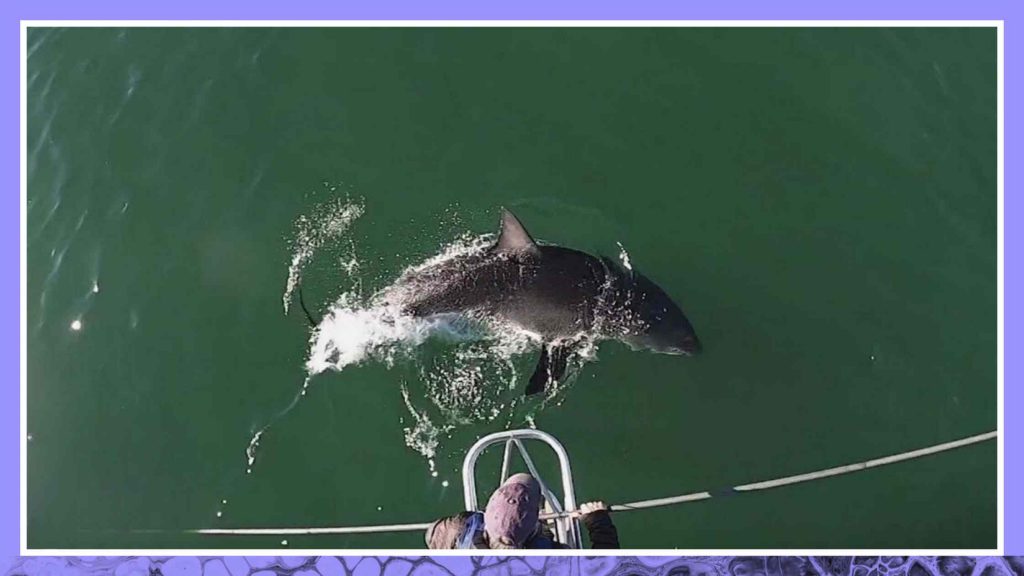Feb 5, 2024
Conservationists Try to Save Coral Reefs from Climate Change

Coral reef ecosystems support a quarter of all marine life on Earth, but they are slowly dying. Read the transcript here.
Speaker 1 (00:00):
Coral reef ecosystem support a quarter of all the earth’s marine life. But around the world, they’re slowly dying under the relentless stress of overfishing, pollution, disease and climate change. William Brangham dives into the steps scientists are taking to try to save corals. It’s part of our ongoing series, Saving Species.
William Brangham (00:22):
Just off the Florida Keys, an urgent rescue mission continues. These scientists are carefully returning pieces of coral back into the ocean and reattaching them to these tree-like coral nurseries. For the last few months, these corals have had to live here in tanks on land because their ocean home was too hot.
Bailey Thomasson (00:45):
It looked like it was just melting away, and that’s something that we had never, ever really observed before on the reefs.
William Brangham (00:51):
Bailey Thomasson works with the Coral Restoration Foundation. Last summer amid a record ocean heat wave, she and her colleagues visited Florida’s Sombrero Reef and were stunned by what they saw.
Bailey Thomasson (01:04):
It was almost like the coral had gotten so stressed from the 90 degree plus Fahrenheit waters that had come that week that the tissue just died, and it just started sloughing off of the coral skeleton, and we were too late. Without really even saying anything to each other, we gave each other some personal space just to grieve these corals, grieve what at that moment we knew was probably going to be a really hard summer.
William Brangham (01:33):
Last year, brought on what’s called a mass bleaching event, when corals lose their vibrant colors because they’ve expelled the algae that typically lives in its tissue and provides it with food. They’re ailing but not dead. They can bounce back if the water cools. But last summer, that relief never came. Marine temperatures off the coast of Florida were the warmest ever recorded. Manatee Bay in late July exceeded 101 degrees Fahrenheit, possibly the hottest ocean temperature ever recorded on earth.
Cindy Lewis (02:08):
We had ocean temperatures, like down in 30 feet to 60 feet of water that were 92 degrees. That’s like hot tub weather.
William Brangham (02:17):
Cindy Lewis runs the Keys Marine Lab in Long Key, Florida. It’s typically a research facility, but last summer it became a triage center.
Cindy Lewis (02:27):
What it looked like here in a matter of the first 2 to 3 weeks when they were bringing 5,000 corals and more that were transported through here, it looked like a giant coral MASH unit with people running in and out with coolers of water and getting corals into their tanks and everything else.
William Brangham (02:46):
Keys Marine Lab and other sites throughout Florida stored thousands of coral specimens in these tanks known as raceways. They did so not simply to save an animal, but to save an entire ecosystem. Coral reefs cover a mere fraction of a percent of the ocean floor, but they are teaming with life, a quarter of all marine life on the planet.
Cindy Lewis (03:08):
They’re like these submerged rainforests with incredible biodiversity as much if not more so than the Amazon Rainforest.
William Brangham (03:18):
When corals die, that habitat is lost, often leaving behind only oxygen choking algae, and making coastlines vulnerable to storms and erosion. CRF and others felt there was no other choice to save critical corals whose populations had already plunged by 90% over the last 50 years.
Bailey Thomasson (03:40):
It was definitely an emotional feeling to see these corals that we’ve worked with for the past years that are supposed to be in the ocean, that’s their home, sitting in these raceways for no other reason than the fact that they had to be there or they’d die.
William Brangham (03:56):
The drastic decision to pull these corals out of their habitat and store them on land, which had never been done on this scale, saved them. And since October, thousands of corals have been returned to the ocean. But with the potential of another hotter than normal summer this year, it’s led scientists to redouble their efforts towards worst case scenarios, collecting genetic samples of corals and storing them permanently in tanks on land as a long-term insurance policy, even selectively breeding corals to be more heat tolerant.
Bailey Thomasson (04:31):
Even though this was something we had never done before having gone through it, we feel very prepared to sort of pull this sort of rescue and triage mission out again if and when needed. The idea is to not do this again.
William Brangham (04:45):
Apart from those efforts to keep corals alive in the ocean, here in this stretch of rural Virginia, another effort is underway. They’re trying to preserve the biodiversity of corals, but using a very different technique.
Mike Henley (04:59):
So we’ve got our coral in our chamber with our cryoprotectant solution and what we’re going to do now is put it in our rack and get ready for the plunge into the liquid nitrogen.
William Brangham (05:11):
Mike Henley is with the Smithsonian’s National Zoo and Conservation Biology Institute. What is this temperature here?
Mike Henley (05:18):
This is -196 degrees Celsius, and we just go really quick.
William Brangham (05:22):
Wow. He’s demonstrating a process known as isochoric vitrification at the institute’s biorepository in Front Royal, Virginia. It’s taking a small fragment of coral, a little colony of polyps, each dot an individual animal and suspending them in animation at incredibly cold temperatures. So what’s happening inside there right now?
Mike Henley (05:46):
So as that temperature is dropping, that solution is actually turning into a glass like state so that the coral is suspended, it’s frozen without ice, but still alive and can remain that way for in theory hundreds if not thousands of years.
William Brangham (05:59):
Up until now, this technique has only been used for coral sperm and larvae, not entire living animals. Were you convinced at the beginning that this was going to work as a technique?
Mary Hagedorn (06:10):
No. Not at all really. It’s very much this stuff of science fiction. We’re working at the very edge of biology, engineering and thermodynamics.
William Brangham (06:21):
The Smithsonian’s Mary Hagedorn spearheads this effort to cryopreserve coral. She spoke to us from Coconut Island off the coast of Oahu where she lives and works. She said that once a preserved coral is thawed, before it can be reintroduced to the ocean, it has a long road to get back to health.
Mary Hagedorn (06:39):
I sort of think of it as sort of an open heart patient that’s gone through this rigorous operation, is very stressed and then needs special care to get back home to it to their family.
William Brangham (06:52):
But while reanimating a preserved coral remains challenging, Hagedorn emphasized that cryopreservation can do what other conservation methods can’t. A single cryo tank could hold thousands of coral species, far more than any raceway tank, and it could theoretically preserve them for years at a stretch. And the hope is for this coral preservation technique to become grassroots.
Mary Hagedorn (07:18):
For this type of technology, we are going to make it inexpensive and very easy to do, and so the average professional will be able to do this. We will train them and they’ll be able to do it and secure their own reef material.
William Brangham (07:33):
So you really do envision an army of people on reefs all over the world taking these samples, freezing them locally, and keeping them stored away for this sort of worst case scenario.
Mary Hagedorn (07:44):
Yes. You saw the beginnings of that at Front Royal. That is the beginning of that army.
William Brangham (07:48):
All of it, Hagedorn says, is for the critical goal of keeping these species alive well into the future.
Mary Hagedorn (07:55):
This is what drives me really is the threat of extinction and the worry of extinction. I very much want the children 100 years from now to be able to see a coral reef if at all possible. It’s one of the most extraordinary places on Earth, and it’s so critical to our life on Earth, and I want it to continue. And if I can play even a small role in that, I am happy to do that.
William Brangham (08:19):
Securing one of the most fundamental ecosystems on the planet through an uncertain future. For PBS News Weekend, I’m William Brangham.
Transcribe Your Own Content
Try Rev and save time transcribing, captioning, and subtitling.



